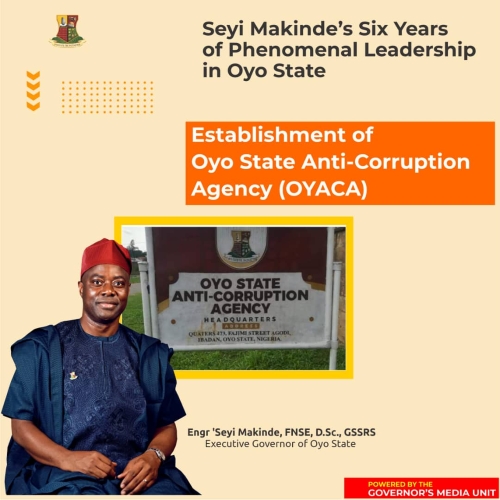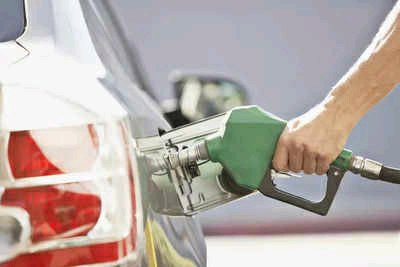
If you’ve ever visited a fuel station to fully top up your car, scooter or motorcycle that has been running on reserve, you might have noticed that your vehicle gulping up more petrol/diesel than the OEM claimed fuel tank capacity.
In a new circular dated March 6, 2023, the Ministry of Consumer Affairs , Food and Public Distribution has advised vehicle owners to not fill the fuel tank completely. As per the circular released by the Ministry, the Legal Metrology Division received representations from Petroleum Dealer Associations regarding wrong tank capacity mentioned in service manuals of two-wheelers and four-wheelers. It is claimed that the fuel tank capacity mentioned in the booklets is usually 15 – 20% lesser than the actual volume.
The reasons for the additional spare volume include some security measures, including –
To prevent Volatile Organic Compound from being leaked in case of volume expansion, as underground tanks at fuel pumps have lower temperatures as compared to the atmosphere
Gasoline needs space for vapor creation, and if not provided, then the engine performance will be hampered. Also, unburnt fuel will result in excessive hydrocarbon pollution.
If a vehicle is filled at full capacity and parked on an inclining or declining surface may result in leakage, which can be hazardous as fuel is a highly inflammable substance.
The ministry has urged automobile manufacturers to advise motor vehicle users to not fill the fuel tank up to the brim, instead, fill it within the declared less quantity. In the past, many incidents have been reported of car owners being involved in an argument with fuel pump attendants after getting a fuel tank of fuel and realizing that the volume filled is actually higher than the fuel tank capacity mentioned by the OEM.










